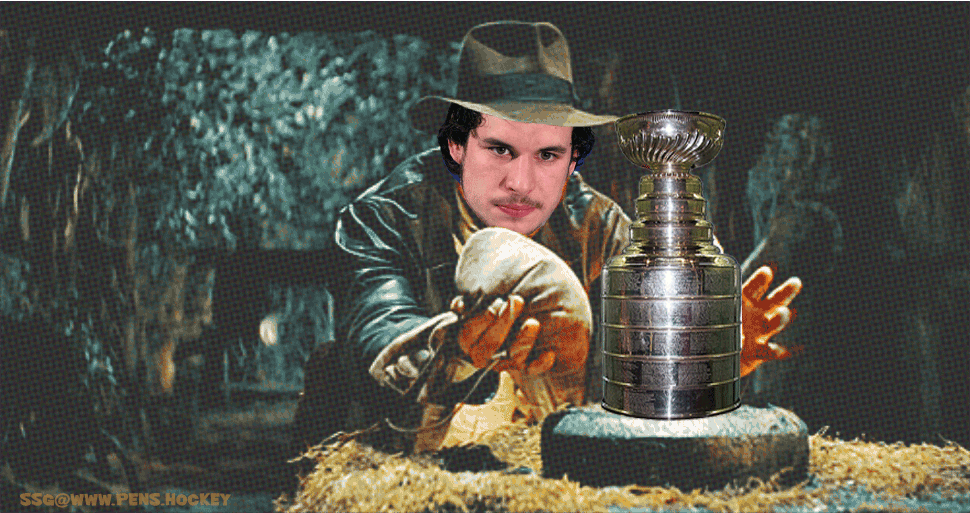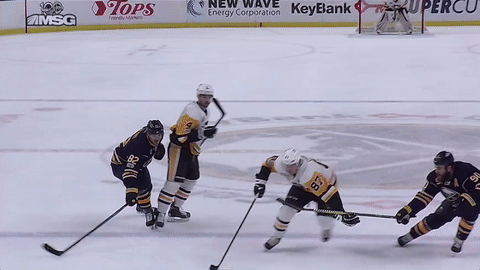

First off, in recognition of ESPN reacquiring broadcast rights for the National Hockey League beginning next season, I have a little music to set the mood:
I just fall right back in every time, don’t you?
Of course, we’re talking about the NHL in the 1990s, which featured many good years for the Pittsburgh Penguins, especially those in the heyday of Mario Lemieux, Jaromir Jagr, Ron Francis, Kevin Stevens, Petr Nedved, Sergei Zubov, and all the others that made those ’90s teams fun to watch and play in the EA NHL video game series. The Penguins started the 1990s with two straight Stanley Cups and ended up first or second in their division up to 1998. The turn of the decade saw the bottom fall out for the Penguins, where four straight years of being in the bottom of the division coincided with a 2003-04 season in which Lemieux played only 10 games and Dick Tarnstrom, a defenseman who ended up in seventeenth place in the Norris vote, leading the team in scoring but also being a -37.
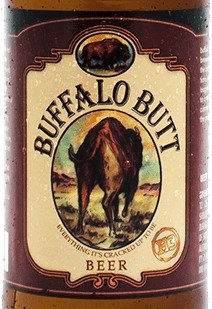
Meanwhile, the Buffalo Sabres were…the model of mediocrity. The average win percentage of the seasons from 1989-90 to 1999-2000 is .528. Their best regular season came in that 1989-90 season, the years of Pierre Turgeon, Dave Andreychuk, Phil Housley, Alex Mogilny was 20, and an unsung fabulous year from Darren Puppa. Puppa was (a distant) second to Patrick Roy with a 35.37 goals saved above average (Roy: 47.15); by comparison, the best GSAA by a goaltender since a lockout canceled the entire 2004-05 season was in 2010-11: Tim Thomas, 45.77. The Sabres would spend the next six seasons slowly sinking into the basement of their division before popping up again in the late ’90s, culminating in their second ever Stanley Cup Finals appearance, a six-game loss to the Dallas Stars. (The legality of the series-winning goal, scored by Hall of Famer Brett Hull while having his foot in the crease, is disputed. Seems a silly thing to worry about.)
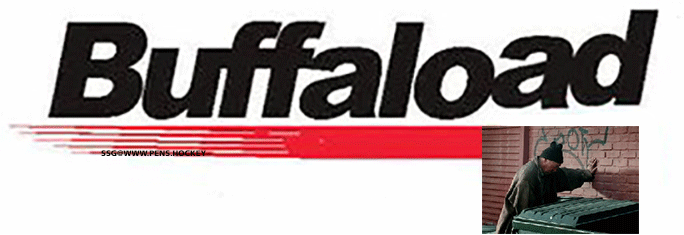
The 2004-05 lockout and the ensuing 2005-06 season was a turning point of sorts for both teams. The Penguins had annual success with their draft picks from 1990 on through the lockout: the player with the “lowest high” games played of their draft peers on the team is Patrick Lalime, taken in 1993, who still carved out a modest career for himself despite being drafted in the sixth round, 156th overall. He went on to play just one season in Pittsburgh, followed by a few decent years in Ottawa before falling into backup goaltender oblivion after the lockout. How different things might have been for Lalime if the Penguins hadn’t traded him for Sean Pronger, who is most famously known for being Chris Pronger’s brother?
Still, the list of names above and including Lalime as far as Penguins draftees and games played in the NHL could comprise a half-decent team by itself (depth chart in order of games played per position, so don’t flip your shit):
Naslund-Crosby-Jagr
Moulson-Staal-Park
Malone-Straka-Kostopoulos
Carcillo-Malkin-Armstrong
Orpik-Roszival
Ference-Golgioski
Letang-Scuderi
Fleury
Lalime
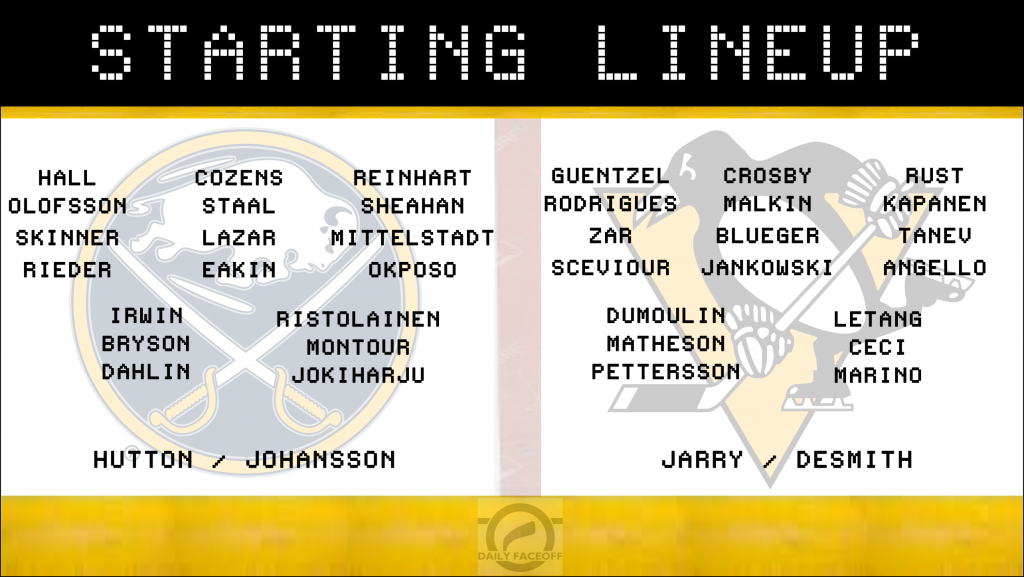
Meanwhile, the Sabres have not drafted many quality players from 1990-2005. The player drafted in that timeframe with the most games played is Sean O’Donnell, an undecorated defensive-defenseman who nevertheless played 1224 NHL games and won a Cup with the Anaheim Ducks in 2007; however, he never played a game for Buffalo. The second player on the list is another defenseman, Brian Campbell, who in his last year as a Sabre was an All-Star for the first time in his career. Soon afterwards Campbell was traded to the San Jose Sharks, and he would go on to win the Cup with Chicago in 2010. The player I found to have been drafted in this span and played the most with Buffalo is Jay McKee, another undecorated defensive-defenseman who lasted ten seasons and 582 games as a Sabre. (Did you remember him playing for the Penguins in 2009-10? Me neither!)
Long story short, the Penguins drafted plenty of talented players who would either be productive for Pittsburgh or be used as assets in a larger transaction. Buffalo, meanwhile, drafted a slew of middling players to go along with their middling performance. Since 2001, they have made the playoffs just four times and finished last in their division eight times. They are currently in last place in the East Division, They’ve drafted first or second overall three times since 2014: Sam Reinhart, Jack Eichel in 2015, and Rasmus Dahlin in 2017. Eichel is the most impressive of the three, and he signed himself up for six more seasons in Buffalo with absolutely little to no reason to believe there is light at the end of the tunnel. The team went out and acquired Taylor Hall and Eric Staal in the offseason, but their offense is still worst in the League and their defense is average at best.
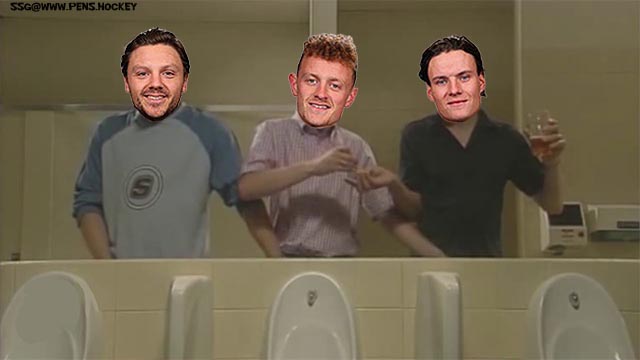
As much as the Penguins need to win games against their playoff rivals in the division, they need to win their games against Buffalo in order to retain their dignity and self-respect. Buffalo may not be much of a challenge, especially if Eichel is out of the lineup, but Pittsburgh cannot rest in their pursuit of one of the four playoff spots they are vying for. There are five, maybe six teams (if the Rangers keep up) in the division with a chance at the postseason, and just as recently as two games ago the Penguins were out of that picture. Now that they’ve gotten through what was probably the toughest stretch of their schedule, they need to make sure they can maintain pace or exceed that of their foes.
